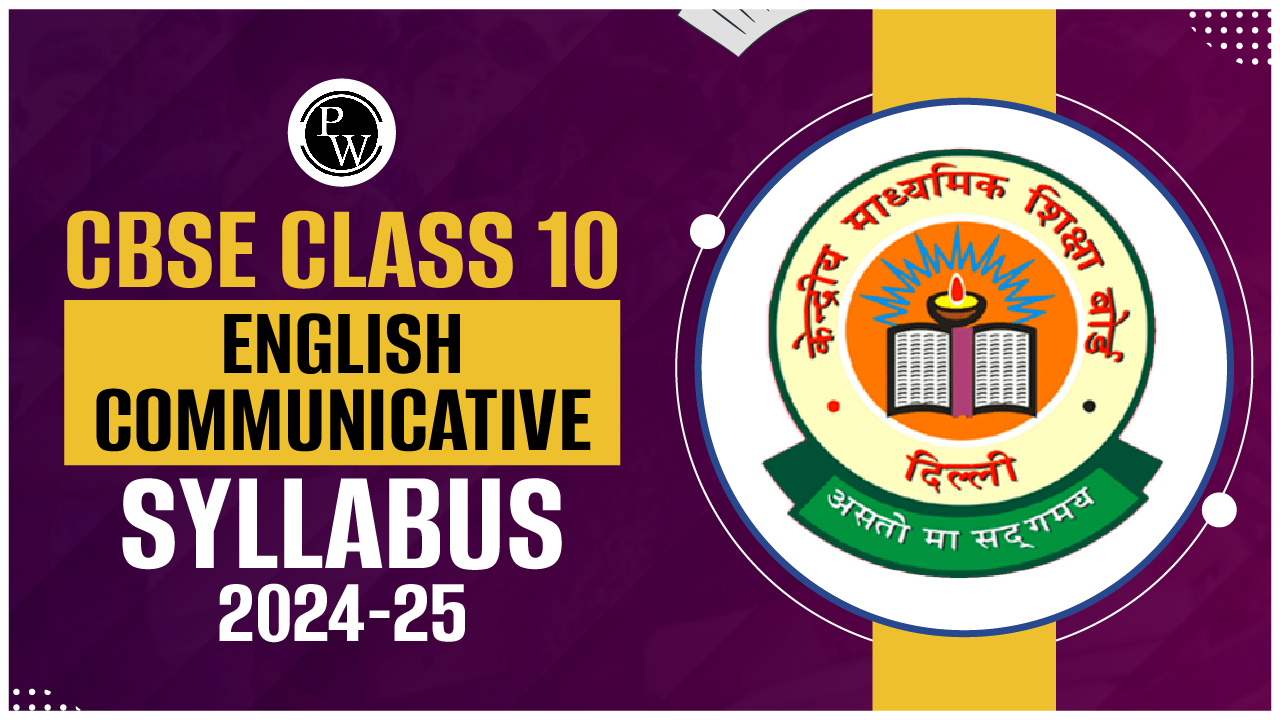5 Simple Science Experiment Kits for Class 6 Students

5 Simple Science Experiment Kits for Class 6 Students: Students who are studying in Class 6 can check the 5 Simple Science Experiment Kits for Class 6 Students in this article. Science Experiment Kits offer an ideal way to explore scientific principles in a fun and interactive manner. These kits help students understand important science concepts through an enjoyable experiment. In this article, students will be able to check the 5 Simple Science Experiment Kits for Class 6 Students. Every kit is designed to inspire the students to be more curious about Science experiments.
5 Simple Science Experiment Kits for Class 6 Students
Students of class 6 can check the 5 simple science experiment kits below. These kits will help them enjoyably understand Science.
-
Important of Oxygen for Combustion Experiment Kit
Importance of Oxygen for Combustion experiment kit is designed to help students understand the role of oxygen in the combustion process. Through hands-on activities, students learn why oxygen is essential for burning and how it supports fire.
Key Concepts
Combustion: Combustion is a chemical reaction that occurs when a substance (usually a fuel) reacts with oxygen, producing heat and light. This process is commonly seen when we burn wood, paper, or gasoline.
Oxygen's Role: Oxygen is one of the three components required for combustion, often referred to as the "fire triangle," which also includes heat and fuel. Without oxygen, fire cannot exist.
Activities Included
Candle Experiment:
-
Materials: Candles, glass jars, matches, and a plate.
-
Procedure: Light a candle and place it on a plate. Cover the candle with a glass jar and observe what happens. Students will notice that the flame goes out after a short time due to a lack of oxygen.
Learning Outcomes
-
Understanding Combustion: Students will learn the importance of oxygen in combustion and how removing it can extinguish fire.
-
Safety Awareness: The kit teaches students about fire safety and the conditions needed for fire to occur.
-
Scientific Inquiry: Students engage in scientific thinking by making observations, conducting experiments, and drawing conclusions.
Check out: Science Experiment Kit For Class 6th
-
Observe & Study Magnetic Field Lines Experiments Kit
Observe & Study Magnetic Field Lines experiment kit is designed to help students visualize and understand magnetic fields. Through engaging activities, students can explore the invisible lines of force that surround magnets, enhancing their grasp of magnetism.
Key Concepts
Magnetic Field: A magnetic field is the area around a magnet where magnetic forces can be detected. It is invisible but can be observed through its effects on magnetic materials.
Field Lines: Magnetic field lines are visual representations of magnetic fields. They show the direction and strength of the magnetic force, distributed from the north pole to the south pole of a magnet.
Activities Included
Iron Filings Experiment:
-
Materials: A bar magnet, a sheet of paper, and iron filings.
-
Procedure: Place the bar magnet under the paper and sprinkle iron filings on top. Gently tap the paper to help the filings align with the magnetic field. Students will observe the pattern formed by the filings, illustrating the magnetic field lines.
Learning Outcomes:
-
Understanding Magnetism: Students will learn about magnetic fields, how they are created, and how they can be observed.
-
Visualization Skills: The kit encourages students to visualize abstract concepts, making it easier to grasp the properties of magnets.
-
Scientific Inquiry: Students engage in scientific observation and analysis, developing skills in experimentation and data interpretation.
Check out: 150 Science Explorer Kit for Boys and Girls
-
To Confirm the Presence of Starch in the Leaf Experiment Kit
To Confirm the Presence of Starch in the Leaf experiment kit allows students to check photosynthesis and the presence of starch in leaves. This hands-on experiment helps students understand how plants produce food and store it in the form of starch.
Key Concepts:
Photosynthesis: Photosynthesis is the process by which plants use sunlight, carbon dioxide, and water to produce glucose (sugar) and oxygen. The glucose can be converted into starch, which serves as a storage form of energy.
Starch Test: The iodine test is a simple method used to confirm the presence of starch in plant tissues. When iodine solution comes into contact with starch, it turns a blue-black color.
Activities Included:
Preparing the Leaf:
-
Materials: A green leaf (preferably from a plant that has been exposed to sunlight), boiling water, and ethanol.
-
Procedure: Boil the leaf in water for a few minutes to kill it and make the cell walls permeable. This prepares the leaf for the starch test.
Alcohol Decolorization:
-
Materials: Ethanol (alcohol), a heat source (like a hot water bath), and a beaker.
-
Procedure: Place the boiled leaf in ethanol and heat it in a water bath. This process removes chlorophyll, allowing the starch test to be visible.
Iodine Staining:
-
Materials: Iodine solution and a petri dish or white plate.
-
Procedure: After the leaf has been decolorized, rinse it briefly in warm water and then immerse it in iodine solution. Observe any color change. If starch is present, the leaf will turn blue-black.
Learning Outcomes:
-
Understanding Photosynthesis: Students will learn how plants produce and store energy through photosynthesis and the formation of starch.
-
Experimentation Skills: The kit provides hands-on experience in conducting a scientific experiment, reinforcing skills in observation and analysis.
-
Scientific Inquiry: Students engage in hypothesis testing by predicting whether starch will be present in the leaf and verifying it through the iodine test.
Read More: School Science Projects for Classes 6 to 10
-
Property of Light Using Reflection Maze Experiment Kit
Property of Light Using Reflection Maze experiment kit introduces students to the behavior of light, particularly focusing on reflection. Through hands-on activities, students can explore how light travels, reflects and interacts with different surfaces.
Key Concepts:
Reflection of Light: Reflection occurs when light bounces off a surface. The angle at which light hits a surface is equal to the angle at which it reflects.
Mirrors and Surfaces: Different surfaces can affect how light reflects. Smooth surfaces (like mirrors) predictably reflect light, while rough surfaces scatter light in various directions.
Activities Included:
Building the Reflection Maze:
-
Materials: A set of mirrors or reflective surfaces, a baseboard, and light sources (like laser pointers or small flashlights).
-
Procedure: Students will create a maze using mirrors arranged at different angles. They will set up a light source to shine into the maze and observe how the light reflects off the mirrors to find its way through.
Learning Outcomes:
-
Understanding Behavior of Light: Students will learn the fundamental properties of light, focusing on reflection and how it interacts with different surfaces.
-
Hands-On Experience: The kit encourages exploration and experimentation, allowing students to see the principles of physics in action.
-
Scientific Inquiry: Students engage in observing, hypothesizing, and analyzing the results of their experiments, fostering critical thinking skills.
Check out: Light, Shadow & Optical Instruments Project Kit for Kids
-
Testing Solubility of Liquid in Liquid Experiment Kits
The Testing Solubility of Liquid in Liquid experiment kit introduces students to the concept of solubility, allowing them to explore how different liquids interact. Through hands-on activities, students can investigate which liquids can dissolve in each other and the factors that influence solubility.
Key Concepts:
Solubility: Solubility is the ability of a substance (solute) to dissolve in a solvent to form a homogeneous solution. The degree of solubility can vary based on the nature of the liquids.
Polarity: Polar and non-polar liquids interact differently. Polar liquids (like water) tend to dissolve other polar substances, while non-polar liquids (like oil) are better at dissolving other non-polar substances.
Temperature Effects: Temperature can influence solubility; generally, increasing temperature increases solubility for solids but may have varying effects on liquids.
Activities Included:
Liquid Mixing Experiment:
-
Materials: Water, ethanol, vegetable oil, test tubes, graduated cylinders, stirring rods, and labels.
-
Procedure: Students will measure equal volumes of two different liquids and mix them in a test tube. They will observe whether the liquids dissolve fully, partially, or not at all, recording their findings.
Learning Outcomes
-
Understanding Solubility: Students will grasp the fundamental concepts of solubility and how different liquids interact based on their chemical properties.
-
Hands-On Experience: The kit promotes active learning through experimentation, allowing students to observe solubility in real-time.
-
Scientific Inquiry: Students will engage in formulating hypotheses, conducting experiments, and analyzing results, fostering critical thinking and scientific reasoning skills.
Check out: Electricity & Magnetism Science Project Kit for Boys & Girls
Science Experiment Kits for Class 6 FAQs
Q1. What types of science experiment kits are suitable for class 6 students?
Ans. Kits that focus on topics like Chemistry, Physics, Biology, and Earth Science are ideal. Popular options include kits on simple chemical reactions, electricity, plant growth, and the properties of light.
Q2. What skills will students develop by using these kits?
Ans. Students will develop critical thinking, problem-solving, and observational skills.
Q3. What are the science projects for Class 6?
Ans. Science projects for grade 6 are Homemade Volcano, Solar System Model, Rain Gauge, Seed Germination Experiment, Static Electricity Butterfly, DIY Electromagnet, Lemon Battery, and Density Tower
Q4. Are these kits safe for children to use?
Ans. Yes, Physics Wallah has designed these experiment kits with safety in mind. They typically use non-toxic materials and include safety guidelines.











